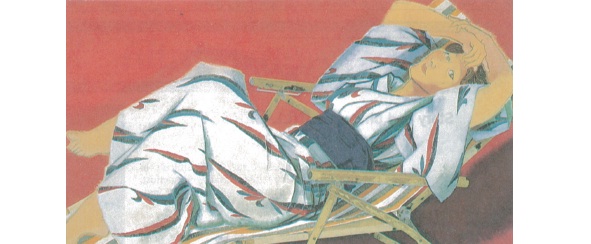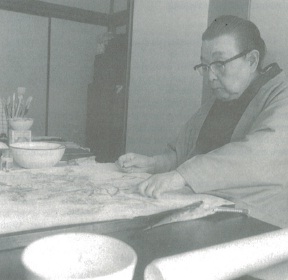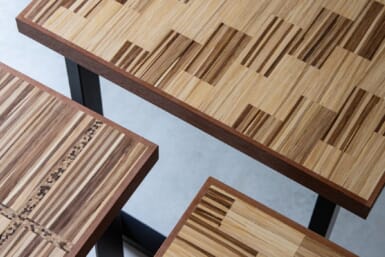by Fred Harris
Japan has its fair share of art museums. Many are owned and operated by local governments and others by major industries. In practically all cases the private museums display permanent collections; usually the collection of the owner of the company. One major exception to this rule is the Sano Museum in Izu. Founded by a wealthy patron of the arts, the Sano Museum only offers curated shows. They bring together fine examples of a single artist’s work, or in some cases a theme show devoted to a particular subject of interest.
The museum is adjacent to a lovely garden with a pond, in the finest tradition of Japanese landscape design. The garden also houses a beautiful restaurant serving fine Japanese meals at reasonable prices. Eating lunch overlooking this garden is one of my favorite experiences during the spring, summer and fall seasons.
The Sano Museum is on the way towards my summer house in Izu. Usually on the way back to Tokyo my wife and I stop for a meal and to see what the museum has to offer.
We were pleasantly surprised during Golden Week to be offered a retrospective exhibition of one of Japan’s finest painters: Yuki Ogura. She was born on Mar. 1 1895, which makes her 95. This amazing woman has lived through most of the major movements of modern art. In fact, during the 1920s her work so closely resembled the post-Impressionists Van Gogh, Cezanne and Gauguin that her teacher admonished her to cleanse her mind and stat a fresh artistic life as a newborn child.
In 1932 she became the first female member of the Japan Artists Association. A long career was climaxed in 1980 when she wone the government’s prestigious Cultural Medal. She is only the second woman to ever receive this award.
The museum’s galleries were blooming in the vibrant color combinations of Ogura’s work. With one of the finest color senses imaginable, she creates figure and still-life compositions which command viewing attention. I personally was attracted to the still-lifes, usually a combination of a few pieces of fruit and an old Kutaniware dish. In fact she must own a fine collection of Kutani pottery, as evidenced by their prominent place in her paintings.
For those of you who have cars and want a rewarding one-day outing, try the follow-Mishima station sign (in Japanese only), turn left, pass one major intersection and the museum and restaurant will be on the right side of the street. There is a substantial parking lot in front.
It would help to have a Japanese-speaking person with you. Have a good time.










